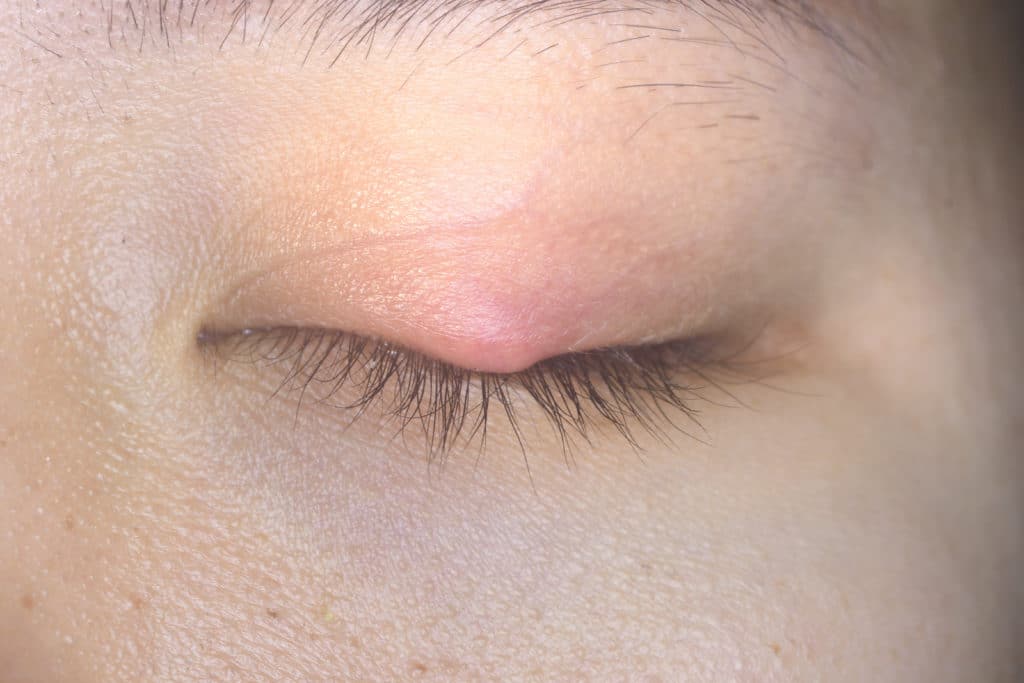Symptoms of an Orbital Fracture
The bones around your eye make up the orbital socket. They form a cup-like structure with walls and a floor. The bones that protect your eyeballs have a rim that is very thick and difficult to break. The upper and lower parts of the rim are formed from your forehead and cheekbones, respectively. The bones […]
Symptoms of an Orbital Fracture Read More »




